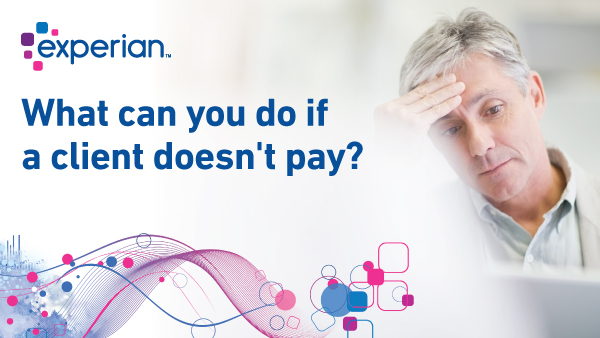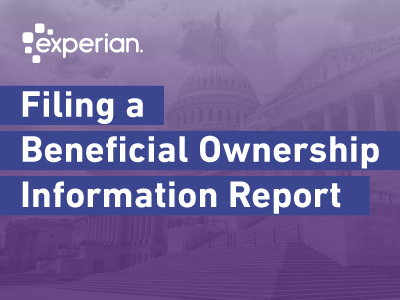Starting a solo business is financially empowering, whether you do freelancing to earn extra income or build a full-time enterprise. But along with greater financial independence comes the risk of not being paid. Clients may pay late; some may not pay at all. When your client doesn’t pay, what can you do?
Late payments from clients happen for a variety of reasons. How you respond can determine whether you get your money—or keep the client. Reacting to a brief delay with the threat of a lawsuit, for example, could damage your client relationship needlessly. On the other hand, failing to follow up could result in hundreds of lost work hours and financial problems for you if your client never pays their bill.
The following steps begin with simple reminders and escalate to more significant action.
Keep reading for tips on how to prevent missed payments in the future.
1. Resend Your Invoice
If there’s been a simple problem—the invoice got lost, the client’s bookkeeper is on vacation—resending the invoice acts as a reminder. Send one as early as the day after a payment was due if necessary.
2. Contact the Client
If resending an invoice doesn’t trigger a response, respectfully reach out to your client with an email or a phone call and inquire about payment. They may tell you a payment has already been sent or that one will be issued soon. Make a note of when you should expect payment, along with a calendar alert to follow up again if payment doesn’t arrive as promised.
3. Stop Working for the Client
If you sent the client a new invoice and spoke with them about the late payment by phone, it may be time to step up your actions if payment still hasn’t arrived as they said it would. If you’re continuing to do work for them, consider pausing until you receive payment. Continuing to work may just result in a bigger bill—one that you aren’t sure is ever going to be paid. It also takes time away from paying clients.
Letting your client know that you can’t continue working without payment may prompt them to act quickly. Are you working on a product, such as a book manuscript or custom cabinetry? Don’t deliver it until you have payment in hand.
4. Send a Debt Collection Letter
You can have an attorney prepare a debt collection letter for you or find a templated letter to modify online. A debt collection letter acts as formal notice and documentation that your client owes you money, including how much they owe and when it was due.
In your debt collection letter, you might specify whether you’d be willing to set up a payment plan to help your client get back on track or let them know you plan to initiate formal debt collection action. Depending on your client’s reaction or lack thereof, you can send more than one of these letters, escalating the matter’s urgency.
5. Consider Your Next Steps
It’s possible your client will come through with payment at any of the previous steps. But if you’ve made every effort to collect payment from your client and they still refuse to pay, you can try taking them to small claims court to recover your money. Be sure to hold on to any documentation, such as debt collection letters, asking the client to pay. You’ll need to prove you are owed the amount you claim by providing contracts, letters, receipts or other information noting the agreed upon amount for the job. You’ll also need to find out what the small claims dollar limit is in your state.
You can also look into turning over the debt to a collection agency to collect payment. However, you’ll only see only a fraction of your payment if collections are successful because the agency will take a percentage of the amount collected (which may or may not be equal to what was owed.
You may also decide simply to move on. The time and stress required to recoup your loss may not be worth it. If you’ve lost tangible goods, you may be able to write off your loss on your taxes. However, you won’t be able to deduct an unpaid balance for services—the IRS doesn’t allow it.
How to Avoid Not Getting Paid in the Future
It’s impossible to completely avoid the risk of being stiffed. Even a good client can suffer an unexpected financial downturn or a sudden life crisis, and it can be hard to know whether a prospective client is creditworthy. You can’t eliminate risk entirely but you can reduce it by following a few basic tips:
- Sign a contract with a payment schedule. Whether it’s prepared by the client or by you, a contract spells out the scope and cost of the work you’re proposing. It can also include a payment schedule with clear deadlines and late payment fees (or discounts for early payment). Especially with a new client, get paid as much as possible up front, or consider breaking the payments up to coincide with specific work milestones.
- Vet new clients before you take them on. Has a new client been referred to you by someone you know? Have they been in business for a long time or are they just starting? Do they have references you can call? If you’re unsure about a new client, think about the work you agree to as having a credit limit attached to it: Start with a $500 project then increase the size of the projects if things go well. Speaking of credit, you can also check a prospective client’s business credit report. The information in Experian’s business credit reports is continually updated, always accessible and includes the Experian business credit score, credit trade payment information, corporate registration, business public records, key personnel, and a lot more.
- Make it easy for clients to pay. Accepting electronic payments or credit cards may give your clients helpful options to pay on time. You may also consider accepting a payment plan or partial payment from a client who’s having trouble paying an invoice. If you do, though, think twice before accepting future work from them.
Building a Stronger Business
The more you depend on money from your freelance work, the more critical it is to get paid—in full and on time. When clients pay late or don’t pay, your business and personal finances suffer. You may not be able to meet your business expenses or pay your personal bills. You risk falling behind in monthly credit card and loan payments. You may also have to use business or personal credit to make ends meet while you’re waiting on payments and may be stuck with debt if you’re never paid.
Fortunately, most business transactions don’t go this way. By limiting your risk with upfront payments, smaller projects and frequent billing; using contracts that spell out work and payment terms clearly; and following basic steps to collect when payments run late, you can reduce your chances of running into trouble.
The risk of lost payments can also motivate you to build a cash cushion for your business—or your personal finances—so a late payment here and there is easier to manage. In these ways, the threat of late payments can make your business and your finances stronger, by making you a smarter business owner.
About the author
 Gayle Satowrites about financial services and personal financial wellness, with a special focus on how digital transformation is changing our relationship with money. As a business and health writer for more than two decades, she has covered the shift from traditional money management to a world of instant, invisible payments and on-the-fly mobile security apps. Gayle began her career as a staff writer for Entrepreneur magazine. As an independent publisher, she edited and produced a series of personal finance magazines for credit union members and THINK, an executive magazine for the credit union industry.
Gayle Satowrites about financial services and personal financial wellness, with a special focus on how digital transformation is changing our relationship with money. As a business and health writer for more than two decades, she has covered the shift from traditional money management to a world of instant, invisible payments and on-the-fly mobile security apps. Gayle began her career as a staff writer for Entrepreneur magazine. As an independent publisher, she edited and produced a series of personal finance magazines for credit union members and THINK, an executive magazine for the credit union industry.

